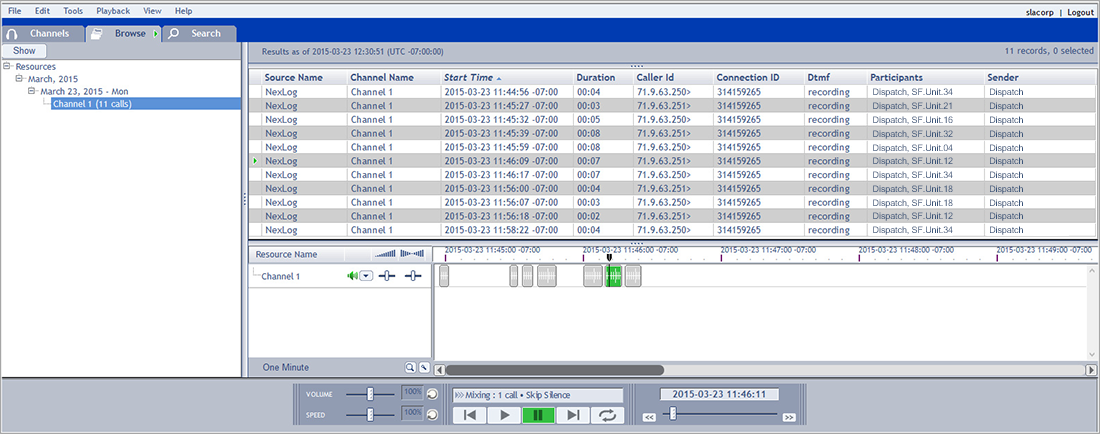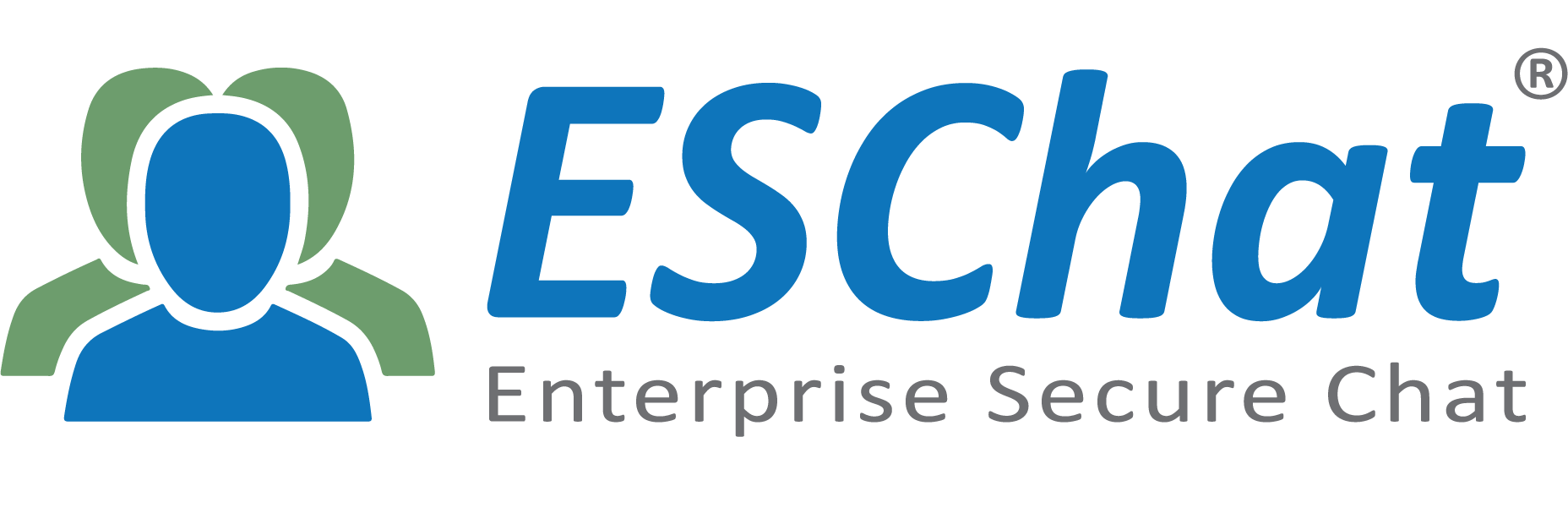PTT Call Recording and Logging via SIPREC Standards

It is often the case with large commercial and public safety agencies that all calls, standard duplex phone calls and PTT calls, need to be logged and recorded. The general public is most often exposed to these recordings during playback of 911 calls. There are a number of business and Mission Critical Call Recording systems available in the marketplace. These systems support recording and playback, both by date/time and by incident. Call recording systems can be hosted by the customer on its own premises or they can be operated as a cloud-based service. In the public safety environment, there are rules surrounding how these recordings are archived and how long they are retained.
There are a number of different interface options for connecting to the recording systems. Most common is a span-port connection where the recorder listens to an IP address/port pair and records Real-time Transport Protocol (RTP) voice traffic. This approach is most common where PTT users in the field can only talk to a dispatch center and are restricted from talking with each other (mobile-to-mobile). Since the recording system only needs to monitor traffic on the dispatch IP address/port pairs, this is easily manageable with an onsite call recording system.
Where it is required that all PTT calls be recorded, including mobile-to-mobile, SIPREC is the recording protocol of choice. SIPREC is an IETF standard (RFC 6341) that allows recording of all voice traffic on the network. SIPREC also supports enhancements for metadata so where available, data such as GPS coordinates can be included in the call burst metadata tags.
ESChat has an advanced SIPREC interface that enables SIPREC recording traffic to be stored and forwarded in the event the recording system has reached its capacity during an incident. While the voice traffic does not arrive at the recorder in real-time, the recorded streams are still identified with the metadata tags created by ESChat. This feature prevents loss of voice data and also enables customers to record more simultaneous calls when they exceed the number of channels on the recording system.
